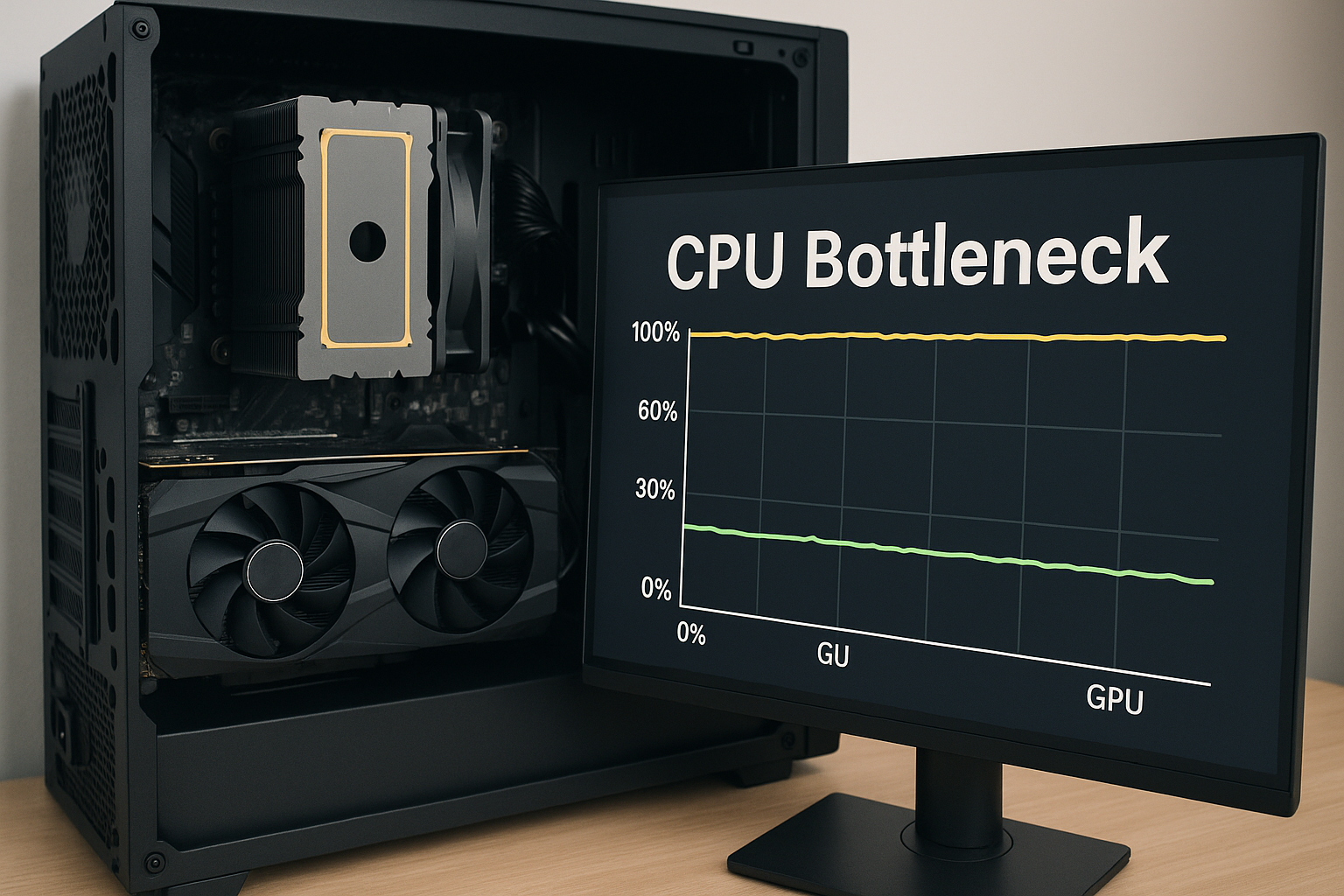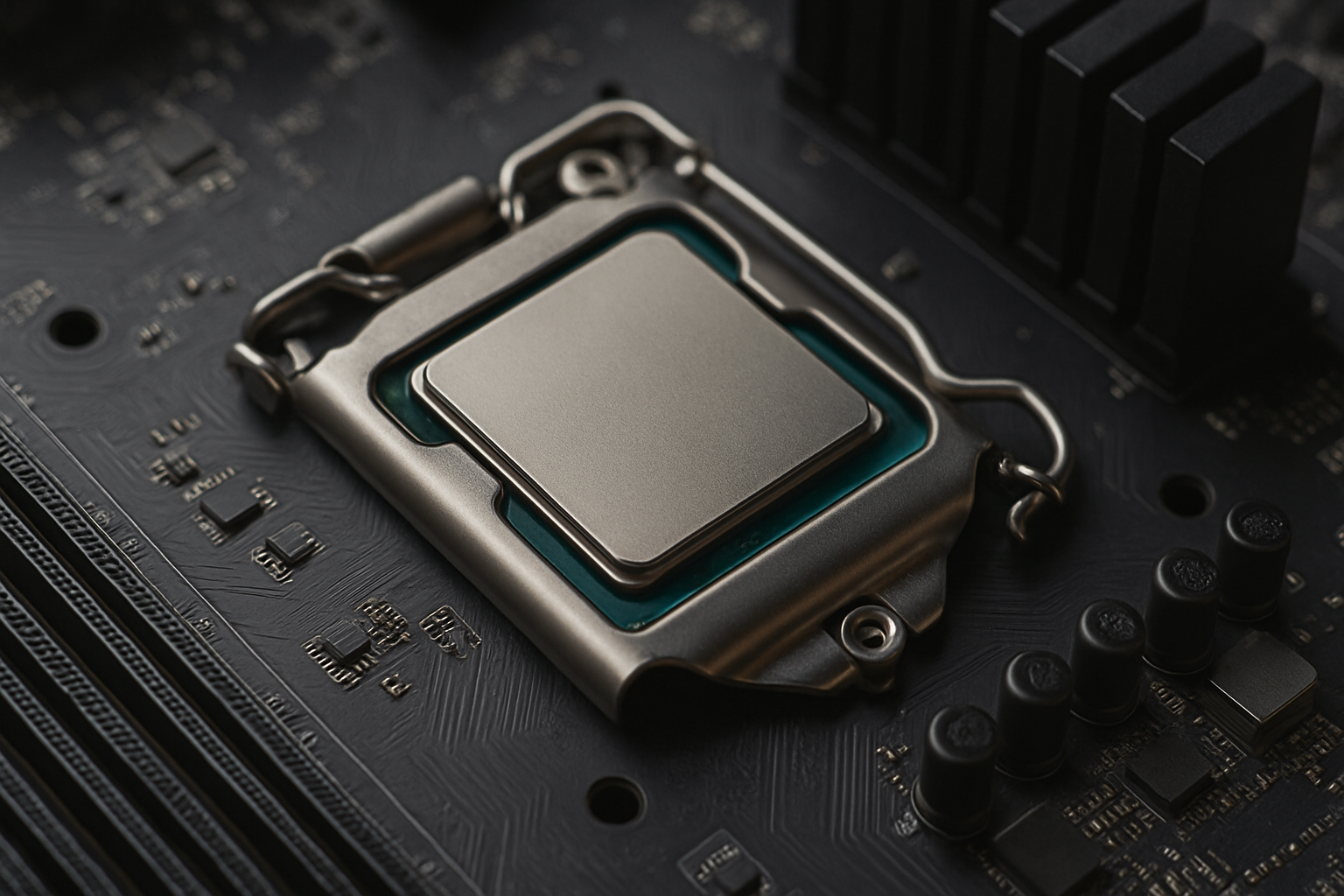
Why CPU Cache Size Matters for Gaming in 2025: Smooth Gameplay Starts with Smart Architecture
The Overlooked Spec That Powers Next-Gen Gaming
In 2025, the expectations for gaming PCs are higher than ever. Players demand ultra-smooth performance in expansive open worlds, with real-time AI, cinematic graphics, and seamless asset streaming. While most gamers focus on GPUs and RAM, the CPU’s cache size plays a critical role in ensuring your system delivers the fluid, uninterrupted performance that modern games require.
The cache doesn’t just support your CPU — it supercharges your gaming experience.
What Is CPU Cache and Why Does It Matter?
CPU cache is a small, ultra-fast memory embedded directly in the processor. It holds frequently accessed instructions and data, allowing the CPU to bypass the much slower RAM for critical tasks.
-
L1 Cache: Closest to each core, fastest, smallest. Ideal for immediate instructions.
-
L2 Cache: Larger, per-core or paired, slightly slower. Helps manage complex instructions.
-
L3 Cache: Shared among cores, much larger. Essential for multi-core communication and data-heavy tasks.

Why Gamers Should Care in 2025
The leap in gaming realism in 2025 relies heavily on complex simulation and real-time rendering. Game engines like Unreal Engine 5.3 and Unity Fusion now push far more CPU-bound tasks than ever before:
-
Real-time NPC decision making
-
Procedural world generation
-
Dynamic lighting and weather systems
-
Physics-based combat and terrain deformation
-
Multithreaded asset streaming

What Real Gamers Experience: More Cache, Smoother Gameplay
Even with similar core counts and clock speeds, CPUs with larger caches consistently outperform their counterparts in real-world gaming:
-
Minimum FPS is more stable, reducing sudden drops during high action.
-
Game load times are shorter, especially in open-world titles.
-
Background apps (like Discord, OBS, Chrome) don’t interfere as much with performance

Streaming and Multitasking: Where Cache Makes or Breaks Performance
Today’s gamers are rarely just gaming. Many stream, record, browse, and chat all at once. All of those applications compete for CPU cycles. Cache allows the CPU to juggle multiple threads of activity without needing to constantly access RAM or delay data retrieval.
How Much Cache Do You Really Need in 2025?
Your ideal cache size depends on how you use your system:
| User Type | Recommended L3 Cache |
|---|---|
| 1080p casual gaming | 8–16MB |
| 1440p esports + AAA gaming | 24–36MB |
| 4K, ray-traced gaming | 64–96MB |
| Gaming + Streaming | 96MB+ (3D V-Cache preferred |

Inside the Game Engine: What Cache Actually Handles
Here’s a breakdown of how different caches support real-time gameplay:
-
L1 Cache: Manages immediate player input, rapid-fire calculations
-
L2 Cache: Supports AI decisions, hitbox calculations, character animations
-
L3 Cache: Manages shared world state, asset streaming, background logic

Cache Isn't Just for Gamers — It's for Everyone Who Uses a Modern PC
Whether you're a gamer, content creator, or multitasker, CPU cache plays an invisible but essential role in making your system feel snappy, stable, and capable.
In 2025, cache isn’t just a checkbox on a spec sheet. It’s a core component of real-world performance.

